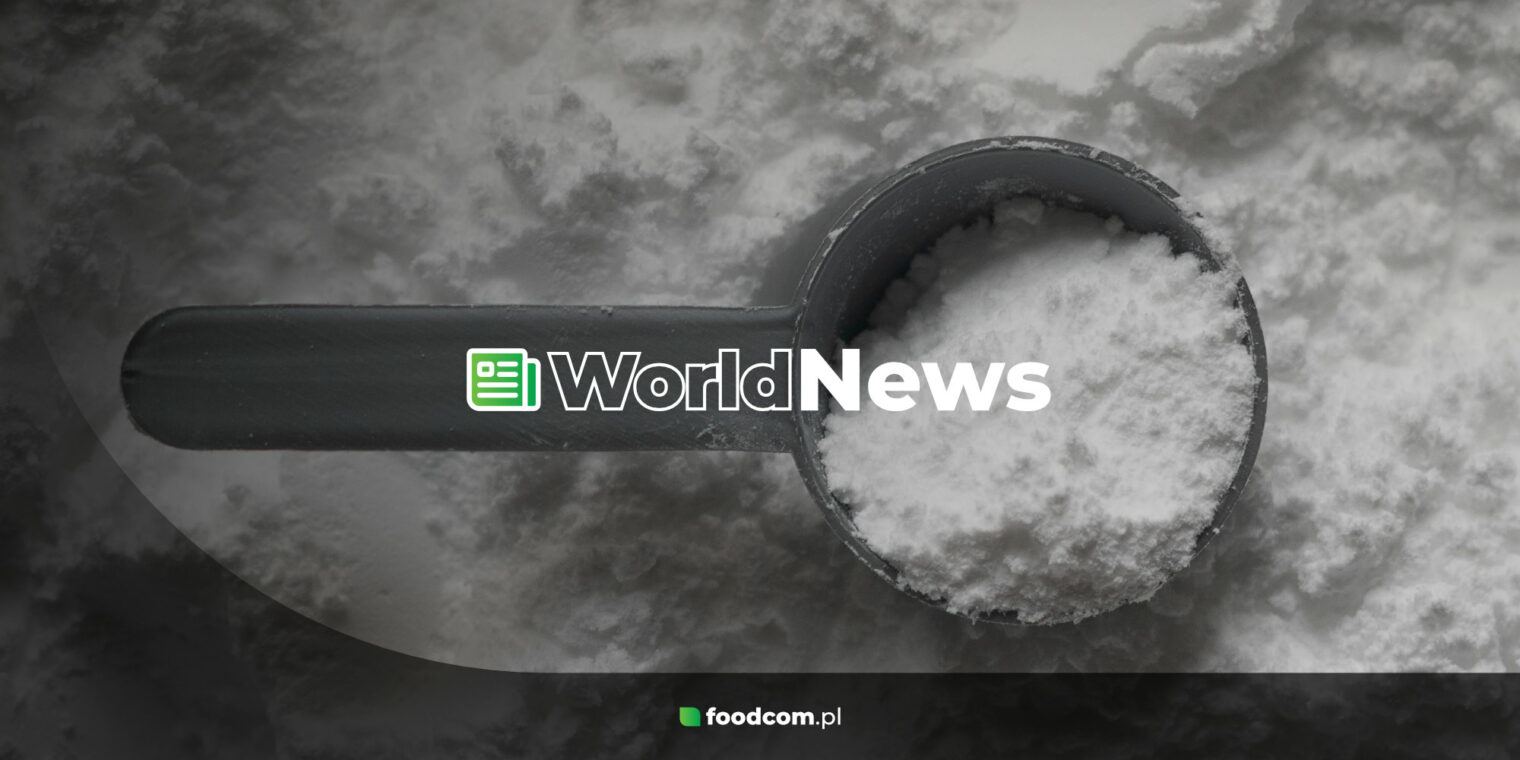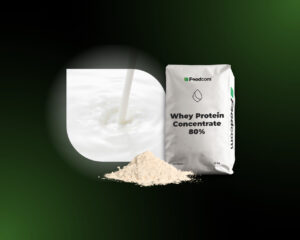Lee nuestro informe sobre el mercado de polvos de suero en los Estados Unidos. Observa el aumento de los precios de suero seco y WPC en 2021. Echa un vistazo al aumento de la producción de polvos de suero y al crecimiento del uso doméstico para alimentación animal. Descubre también las cifras sobre las mayores exportaciones de polvos de suero a China, Japón y Corea del Sur, entre otros.
Resumen de precios de los polvos de suero
En los Estados Unidos, los precios de WPC han estado aumentando continuamente a lo largo de 2021. Los precios recientes de WPC 34 se dispararon a 2.816 dólares por tonelada en diciembre, registrando un crecimiento de casi el 49% en comparación con el mismo mes de 2020. El precio más alto se registró en 2.899 dólares por tonelada el 3 de diciembre, un aumento de más del 49% respecto al año anterior. A principios de diciembre, los precios subieron a medida que los usuarios finales respaldaban la demanda y continuaban realizando pedidos de WPC 34. Actualmente, la producción y el suministro en general son estables, con excepciones para marcas específicas. Los precios actuales han batido récords, ya que números similares se registraron por última vez en 2014. Este año, el precio promedio de WPC 34 en los Estados Unidos fue de 2.452 dólares por tonelada, un crecimiento del 18,62% en comparación con 2020.
En la primera semana de diciembre, el precio del suero seco en los Estados Unidos fue de 1.272 euros por tonelada, un aumento de casi el 68% en comparación con el mismo período de 2020. Es uno de los mayores aumentos de precios interanuales en productos de suero en todo el mundo. Los precios estadounidenses de suero seco para la sustitución de leche en la alimentación animal se situaron en 997 euros por tonelada en diciembre, un aumento de casi el 62% respecto al año pasado. En promedio, el producto se vendió a 872 euros por tonelada, un aumento de más del 53% en comparación con los números del año pasado.
Producción, existencias y comercio de polvos de suero
En los Estados Unidos, la producción mensual de WPC se disparó a más de 46.63 millones de libras en octubre, aumentando un 13.8% en comparación con el mismo mes del año anterior. La producción de octubre alcanzó el nivel más alto desde el récord histórico de más de 50 millones de libras de WPC producidas en marzo de 2018. Las existencias finales en los Estados Unidos fueron de 66.04 millones de libras, un aumento del 5.53% en comparación con el mismo mes de 2020. Más del 98% de las existencias de WPC se utilizaron para consumo humano, mientras que el resto se destinó a la alimentación animal.
En septiembre y octubre, el uso animal del concentrado de proteína de suero en los Estados Unidos disminuyó significativamente, llegando a poco más de 810,000 libras al mes, siendo la caída más pronunciada de casi el 50% desde agosto hasta septiembre. Sin embargo, el uso de WPC para alimentación animal fue mayor cada mes de 2021 que en el año anterior, excepto en enero. A finales de octubre, el uso mensual promedio de WPC para alimentación animal en 2021 fue de 1.57 millones de libras en comparación con 0.89 millones del año anterior.
Entre enero y octubre de 2021, los Estados Unidos exportaron un total de 506,000 toneladas de suero en polvo, un crecimiento de casi el 13% en comparación con el año anterior. Más del 93% de estas exportaciones fueron de suero dulce en polvo y WPC, con un aumento del 14.3% en comparación con el mismo período de 2020. Los productos llegaron principalmente a China, donde las compras de suero en polvo de EE. UU. aumentaron en más del 36% respecto al año anterior debido a la creciente demanda de alimento para animales debido a la reconstrucción del hato porcino del país. México, Vietnam y Corea del Sur también aumentaron los pedidos de polvos de suero de EE. UU. en un 18.38%, 46.49% y 39.5% respectivamente. Las exportaciones totales de Aislado de Proteína de Suero de EE. UU. ascendieron a 57,000 toneladas entre enero y octubre, registrando un crecimiento del 17.3% respecto al año pasado.
Los principales compradores del producto fueron China, Canadá, Japón y el Reino Unido, todos aumentando sus pedidos desde 2020. Corea del Sur se ubicó como el séptimo comprador más grande de WPI de EE. UU., pero marcó el mayor crecimiento en compras con más del 62% en comparación con el mismo período del año pasado. Sin embargo, dos de los principales compradores, los Países Bajos y la India, disminuyeron sus pedidos en casi un 44% y un 31% respectivamente. En cuanto a las importaciones, los Estados Unidos compraron 70,000 toneladas de suero en polvo entre enero y octubre de 2021, una disminución de 1,000 toneladas respecto al año pasado. El suero en polvo fue entregado principalmente por Nueva Zelanda y Canadá, mientras que Dinamarca se convirtió en el segundo proveedor más grande de WPI a los Estados Unidos con un aumento del 114% en las entregas en comparación con el año pasado.








